What is Restless Legs Syndrome
Restless Legs Syndrome (RLS) is a neurological condition characterized by an uncontrollable urge to move one’s legs. This urge is often accompanied by uncomfortable sensations, such as itching, tingling, burning, and “pins and needles”. The sensations can be mild or severe, and they often fluctuate in intensity over time. These sensations only go away when one’s legs are moving. RLS is often misdiagnosed as insomnia or anxiety. Unlike insomnia, RLS can occur at any time of the day, including during sleep. Unlike anxiety, RLS is not a psychological disorder and does not respond to anti-anxiety medications. RLS is a chronic condition, but it can be effectively managed with the right treatment and lifestyle adjustments.
Symptoms of RLS in Children
Tingling or numbness in the legs children with RLS may experience a tingling or numb sensation in the legs. This might be felt in one leg or both legs. When they are in a resting position, the sensation may increase. When they move their legs, the sensation may decrease. Some children may also experience numbness in their hands as a result of RLS. Cramps are another common symptom of RLS in children. Leg cramps may be felt in one leg or both legs. They may also be felt in the feet or, in rare cases, in the hands. some children with RLS find themselves becoming restless, impulsive, and impatient. This may be particularly noticeable during sleep. RLS can cause an increase in muscle tone, which is characterized by an increase in muscle tension and spasms in the legs.
Causes of RLS
RLS is a hereditary condition that has a strong genetic component. While the exact cause of RLS isn’t fully understood, it is believed that there is a disruption in the neurotransmitters in the central nervous system. Some medical conditions that can trigger RLS in children include iron-deficiency anaemia, endocrine disorders (e.g. growth hormone deficiency), hyperthyroidism, and kidney disorders. There are also some environmental factors that may trigger RLS in children these include exposure to caffeine, loud noises, stress, and lack of sleep.
Diagnosis
There is no diagnostic test for RLS in children. Instead, the physician looks for certain symptoms and makes a differential diagnosis. A differential diagnosis is a list of conditions that could potentially cause the symptoms that the child is experiencing. The physician will ask about your child’s medical history, symptoms, sleeping habits, and diet. They will also perform a physical exam to rule out any other possible causes of your child’s symptoms. The diagnosis of RLS is based on the following. The presence of the symptoms listed above is essential for making the diagnosis of RLS. The physician will rule out any other potential conditions that could cause the symptoms.
Treatment Options
The treatment that works best for each child is different and depends on the child’s symptoms, age, and other factors. Generally speaking, the treatment options for RLS in children are the same as they are for adults. One of the most common treatment options for RLS in children is the use of stimulants. Stimulants are often used to treat the symptoms of RLS. Iron supplements are often used to treat iron-deficiency anaemia, a condition that is common in RLS. Other medications that are sometimes used to treat the symptoms of RLS include anticonvulsants, antidepressants, and opioids. Other treatment options for RLS in children include. One of the most effective ways to treat RLS is to change one’s environment or habits. This may include changing one’s diet or sleep routine. Research suggests that regular exercise can help reduce the symptoms of RLS.
Coping Skills
Living with RLS can be challenging for both the child and their parents. In order to cope with this chronic condition, it is important to remain positive and supportive. Here are a few things that you can do to help cope with RLS. Stay informed, the more you learn about RLS, the better equipped you will be to support your child and manage the disorder. Build a support network, having a network of friends and family members who are knowledgeable about RLS can help you cope. Take care of yourself, you can be the best support for your child if you take care of yourself. The RLS journey is long and difficult., accept the journey for what it is and be patient with both yourself and your child.
Resources
If you are living with a child who has RLS, it is important to find a support group that is focused on RLS. There are many blogs written by parents of children with RLS that can help you gain a better understanding of the disorder. There are several children’s books that focus on RLS. Reading books that were written for children with RLS. There are a number of books that were written for children with RLS. These books often help children better understand their disorders. There are many online communities where parents of children with RLS can connect.
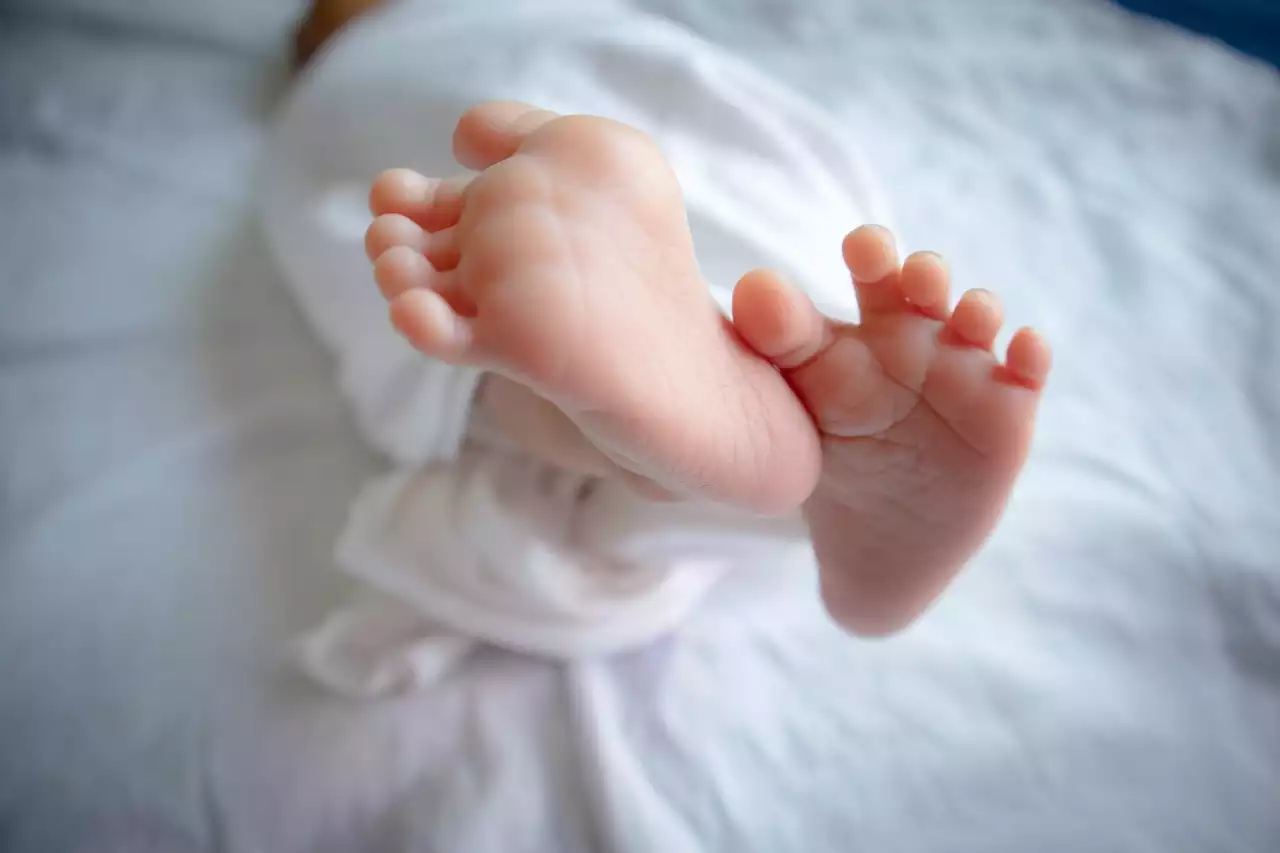
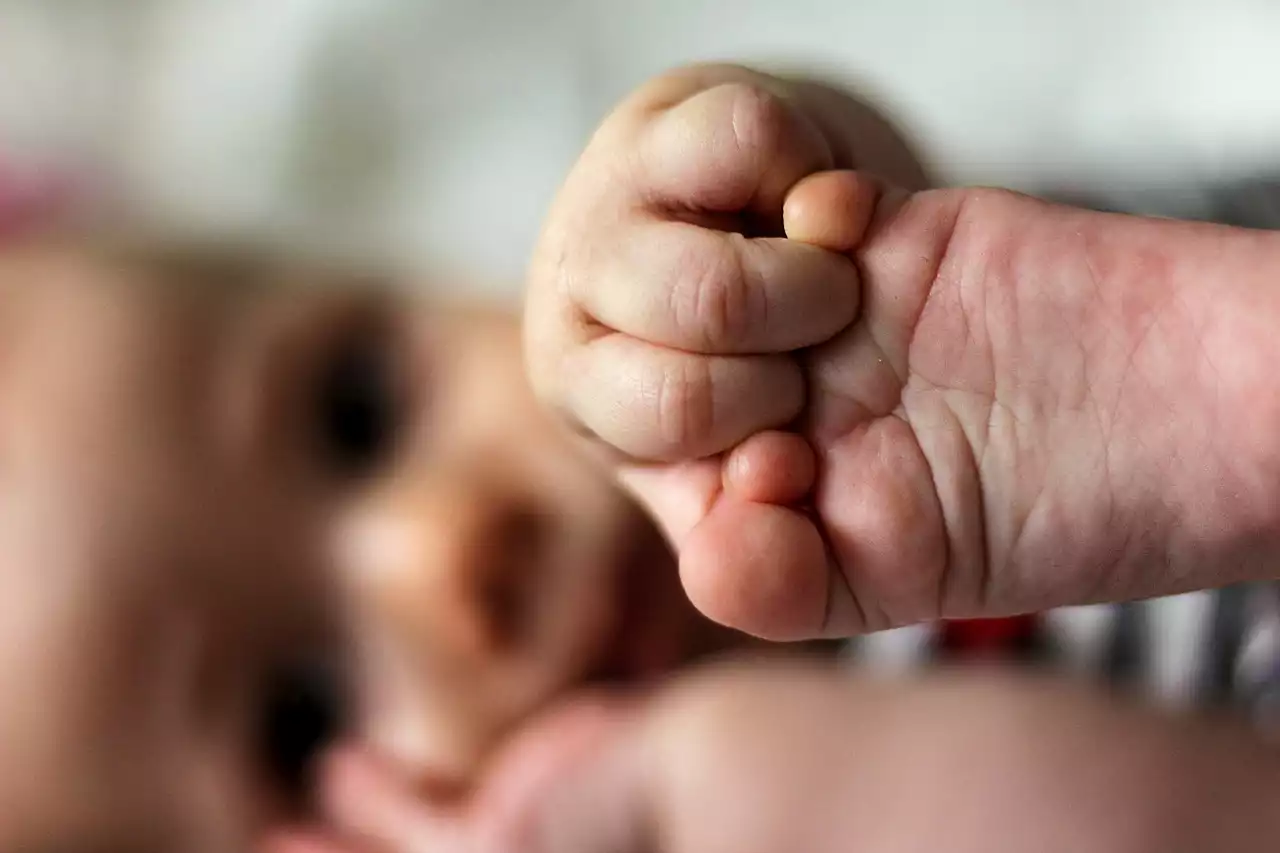

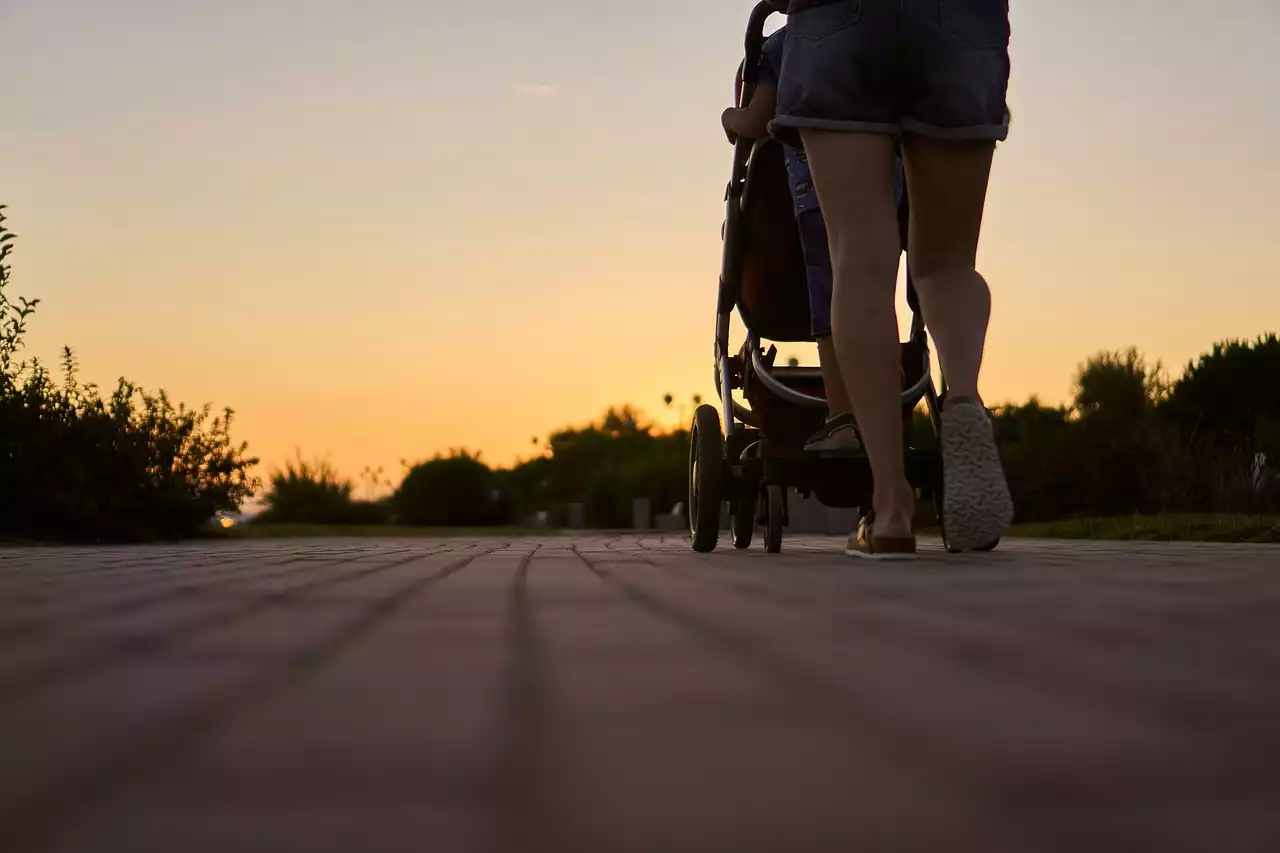
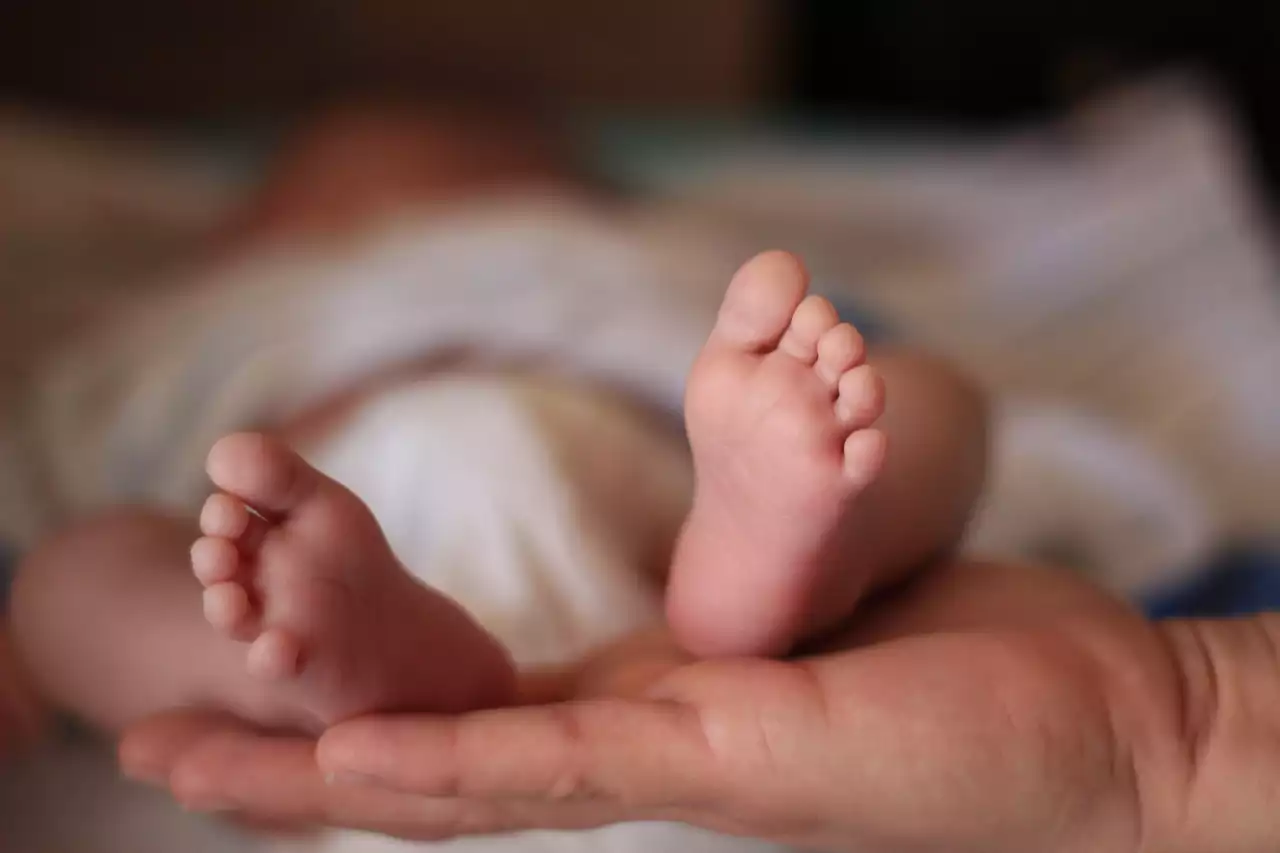
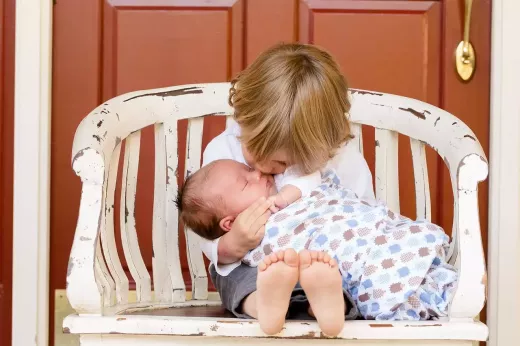

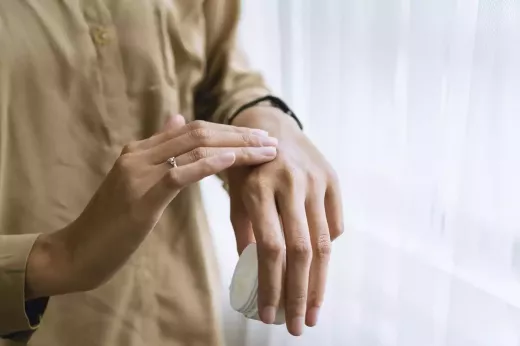
.png?size=50)

